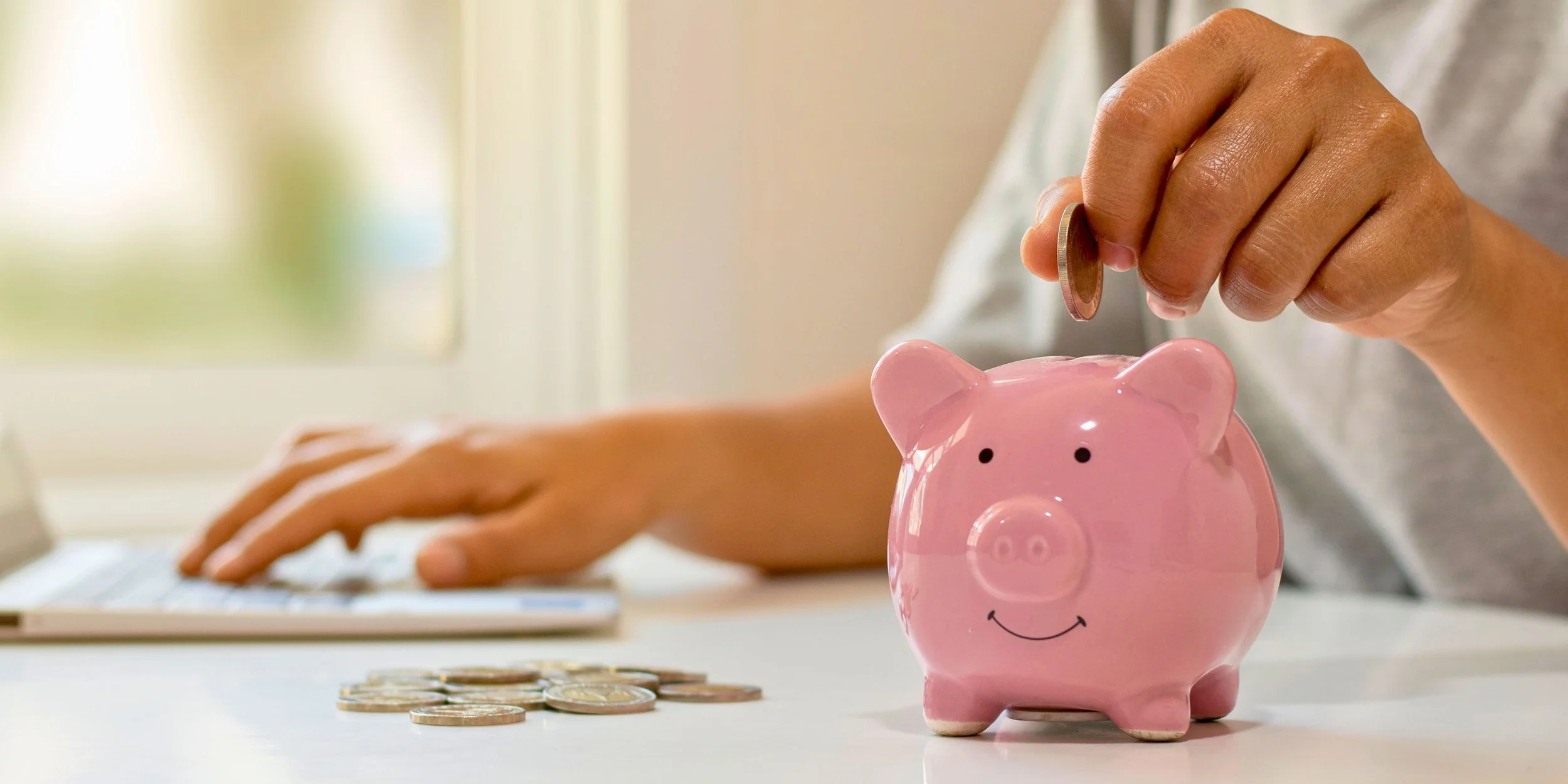How to Build an Emergency Fund - Even If You’re Starting Small
By Mushama PierreBuilding an emergency fund is one of the most empowering financial steps anyone can take. While each person’s journey looks different, the goal remains the same: to create a safety net that provides stability and peace of mind. For Nadia, Shamuna, and Obie, learning to build an emergency fund—even from scratch—became a powerful lesson in resilience and self-trust.
Finding Peace in Preparation
Nadia never thought much about emergency savings until an unexpected medical expense disrupted her entire budget. That moment changed her perspective. It wasn’t the emergency itself that stayed with her, but the stress of being unprepared.
From that point on, Nadia committed to starting small. She discovered that even saving $10 a week could grow into something meaningful over time. She opened a separate savings account specifically for emergencies and set up an automatic transfer every payday—removing the need for decision-making and second-guessing.
Whenever she received a tax refund or a small bonus, she directed part of it into her fund. Her first goal was simple: save $500. Over time, she worked toward saving three months' worth of expenses, creating a buffer that not only provided security but also instilled confidence.
“It’s not about fearing the next crisis; it’s about knowing you can handle it.”
Turning Security into Freedom
For Obie, an emergency fund represents freedom. Having moved cities several times, she understands how unpredictable life can be, with new opportunities, sudden repairs, and unexpected travel. Each situation reinforced her belief that saving isn’t just for emergencies; it’s also for flexibility.
She started by setting aside $20 or $50 each week, keeping her fund in a dedicated account that she didn’t access casually. Her initial milestone was to save one month’s worth of living expenses, eventually building up to three to six months.
However, for Obie, the true power of an emergency fund lies in having choices. With savings in place, she can make decisions on her own terms, whether it’s accepting a new job, covering a medical bill, or taking time off without fear of financial strain.
“An emergency fund,” she says, “isn’t just protection; it’s permission to breathe.”
Building Confidence Through Consistency
Shamuna views an emergency fund as one of life’s quiet comforts, a reminder that you can stand on your own two feet when things get tough. To him, it’s not just about having money in an account; it’s about the confidence that comes from being ready for the unexpected.
She often advises her nieces and nephews to focus on building the habit rather than fixating on the amount saved. Even $20 or $50 a month can make a significant difference if you remain consistent. Shamuna keeps her fund in a savings account that offers modest growth but quick access because, in a real emergency, time is as important as money.
Over the years, she has seen not just her savings grow, but also her sense of calm.
“It’s a quiet assurance,” she says, “that whatever happens, you’ll be okay.”
A Shared Lesson
Despite their different journeys, Nadia, Obie, and Shamuna all discovered the same truth: an emergency fund is less about the numbers and more about peace of mind. It starts small with just a few dollars here and there, but grows into something much greater: confidence, stability, and freedom.
When life surprises you, it’s not the size of your savings that matters most; it’s the habit, the preparation, and the belief that you can weather whatever comes next.
Written by Mushama Pierre, a Communications Specialist and storyteller passionate about empowering communities through authentic narratives. When she’s not working or creating content, you can find her experimenting in the kitchen or capturing life through her camera lens. Connect with her on LinkedIn. 
